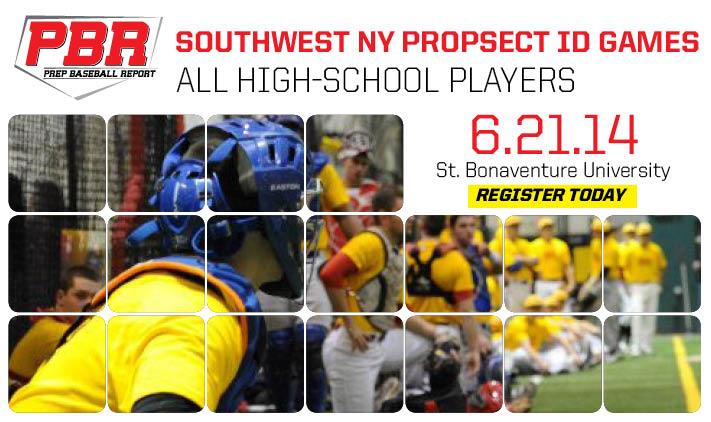Through the Eyes of the Scout: Third Base
April 17, 2014
Jay Weitzel
Northeast Area Scout, Minnesota Twins (15th year)
Through the Eyes of the Scout
A breakdown of what professional scouts look for by position
As a professional scout, there are many things that I look for in a potential position player, but the most influential are the five tools of baseball: fielding, throwing, running speed, hitting for average, and hitting for power. While each of these tools is important, the position of the potential player dictates the order of importance of these tools. Remember, this is the template used to scout players and there are always exceptions.
Third Base - Back to one of the corner positions, there are high offensive expectations on the third baseman. The biggest tools that are graded out for a third baseman are hitting and hitting for power. Third basemen are expected to be middle of the order run producers and key pieces to any lineup. The next two tools that are scouted for third baseman are fielding and throwing arm. There is a saying that a good third baseman needs to have a strong chest, strong arm, and no brains, meaning that if he is tough enough to knock the ball down and has a good arm to get it to first, he can be a successful third baseman. A third baseman should have good reflexes and quick reactions as they are often asked to play closer to the hitter than any other offensive position. Many times you will see amateur infielders that can really hit but may lack some range defensively be switched to third base in pro ball. These players usually have good hands which can greatly help them in their transition. A strong throwing arm is obviously a necessity at third as they have the longest throw across the diamond to first. The last tool looked at when evaluating a third baseman is running speed, as it is basically a mute point. However, good lateral quickness is a big plus on the defensive side. 
